← Back
trashhand, Photographer
Interview, 9 May 2015
A magician when it comes to cityscape photography, Chicago-based Serdar Ozturk – known to the world simply as trashhand – is playing a leading role among the new Instagram elite.
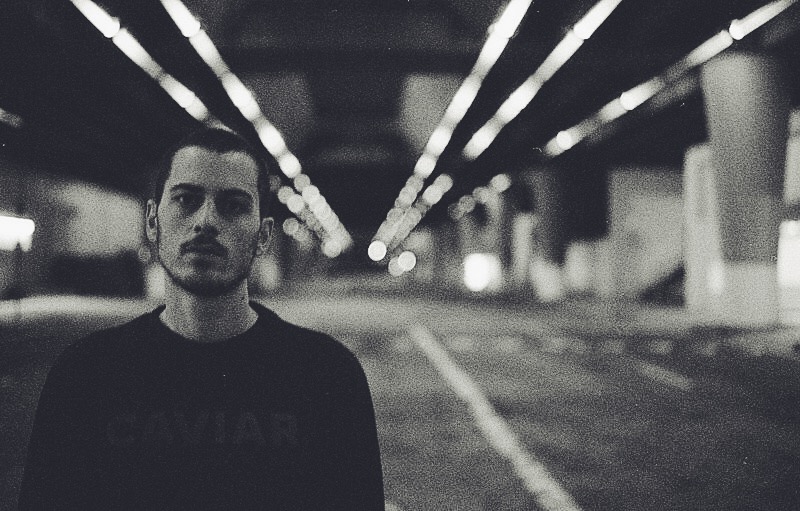
In just a few years, a new wave of young photographers have emerged on Instagram, amassing large numbers of followers due to their scenically advanced and highly creative images of urban America.
These pioneers are almost mythological, often times anonymous figures that find undiscovered spots and cling to the ledges of skyscrapers and bridges to capture stunning moments on camera, often exposing hidden details and compositions of symmetry in the urban landscape that normally go unseen to the untrained eye.
Among these artists are Instagram-aliases such as 13th Witness, Last Suspect, Humza Deas, Ceos_Downbeat and trashhand (all well worth following). They use the platform to find an audience and to further their creativity. Today they are role models to thousands of aspiring photographers trying to catch a break using Instagram.
One of the torchbearers, trashhand, started out with his iPhone but evolved into using a DSLR camera to further his technique and to broaden his palette. With no real experience in photography, being mainly self taught, trashhand’s work has gained him fans around the world and has opened doors to working for major companies in the fashion industry such as Nike and Hypebeast, but also for smaller up-and-coming brands.
While on a working trip to Stockholm, we seized the opportunity to invite him to our offices to discuss his career, camera technique and how Instagram has enabled a whole generation of creative minds to showcase their talents.

You’ve lived in Chicago for the past eight years, but where did you grow up?
– I grew up in Potomac, Maryland, which is about a 30 minute drive outside of Washington DC. I was always down in DC as a kid because my parents owned a business downtown.
How did you end up leaving DC?
– Well, I had been playing the piano for about 12-14 years so I had this musical drive I wanted to pursue and ended up studying Recording Arts at Full Sail University in Florida. Once I had my degree I didn’t even question where I was going to go next, I don’t really know why, but I knew I was going to move to Chicago.
Why Chicago?
– To this day I really don’t have a good answer to that question, other than bits and pieces of Chicago appearing throughout my childhood. When I was 11 I got really sick from E-coli and was in the hospital for a week and a half and my aunt brought me this Chicago Bulls t-shirt. I really loved that t-shirt for some reason. Plus, my great aunt had lived there at one point and would tell me all these stories about living in Chicago during the Al Capone-era. Actually seeing mobsters shoot people and seeing Al Capone in person. She also used to dance for Nat King Cole; she used to show me pictures of her and Nat King Cole, which was quite unbelievable. Just the glamour that Chicago had back in those days moved me and those were all pieces of the puzzle that made me want to move there.

“It might take me three hours to get up before sunrise, get to a great location, take a good photo and drive three hours back. Not a lot of people are willing to do that.”
With a degree in music, how did you end up getting into photography?
– I was an assistant engineer for this producer called Neil Kernon, who is originally from the UK but lives in Chicago now. He has produced everything from Michael Bolton to everything you’ve probably heard by Hall & Oates, but now he pretty much only records death metal. Being his assistant was an eye-opener and made me realize that I didn’t actually have this golden ear to take me where I wanted to be in the music industry.
– Growing up in DC, my parent’s hair salon was the best in town, all the politicians and their wives, actors and actresses; they all came to my dad. And being the youngest of five brothers I always wanted to stand out, be number one and do my best. So if I was going to do something I wanted to be really successful at it. I ended up going back to school and I studied to become an EMT (emergency medical technician). I graduated at the top of my class and became a CPR-instructor and a First Aid-instructor, but when I went to apply for jobs I couldn’t find any work. I applied maybe 150-200 times for jobs in the Chicago land area and never once got hired.
– Around that time, Instagram had launched. I had just downloaded it and was scrolling through the popular pages and came across this awesome cityscape bridge photo. It said in the caption: “Shot with an iPhone 4”, and that really blew my mind.
I saw that the possibilities were endless; you could be creating while waiting, so to speak. So I just downloaded a bunch of apps and woke up for sunrise the next morning, went down to the lake and starting shooting the Chicago skyline. I did the same thing the next day, and the next, and eventually I had woken up for sunrise every morning for 9 months. A few months after I got started, Instagram contacted me and asked to do an interview. At that time people weren’t really using the platform to take the kind of pictures I was doing, it was more of a pure social app. Meanwhile I was being approached by all these blogs and websites, like the Huffington Post, who were interested in what I was doing. That was when I thought: “Hey, I can probably do this for a living”. So I decided to buy a real camera.

“Whether it’s product, cityscape or landscape, I try to make symmetry my little signature.”
Was this around the time you switched from iPhone to a DSLR-camera?
– Well, not necessarily. Friends and big companies had started contacting me at this point and wanted me to start shooting for them. After I had bought my first camera and spent a few months learning it, I was suddenly shooting for Nike. That was my first big gig, which was kind of a blessing. But I still only posted iPhone images to Instagram for the next two years after that. It wasn’t until my trip to Tanzania of last year that I started uploading DSLR-pictures to my Instagram.
How did Nike approach you?
– I ended up getting linked up with Nike through another agency I had done a project with, for Converse. They were instantly happy with the work I was doing and I think that was as much of a pinnacle moment for Nike as it was for me, because Nike hadn’t been working with any Instagram photographers before that and now they work with a ton of them. I guess when you’re trying to promote on a platform, why not use photographers that are well familiar with that same platform?

Why has Instagram-photography, as an art form of its own, become so popular in your opinion?
– I just think there was suddenly a demand for it. People were using Facebook and Twitter to write about their lives but couldn’t visualize it in the same way. People expect to follow accounts that are beautiful and tell visual stories so I’m not surprised to see photographers with thousands of followers, because that is what the app was meant for. What people don’t realize is that it might take me three hours to get up before sunrise, get to a great location just in time for sunrise, take a good photo and drive three hours back. Not a lot of people are willing to do that.
How often do you take your time scouting for a good location and how often do you just stumble upon a great shot?
– I would say about 50/50. There are definitely obvious spots that you know you want to hit because you feel you can put your own twist on them. I’ve wanted to come here to Stockholm to shoot the underground for three years now. The Rådhuset station here has literally been a dream of mine for years. But then when I’m here, walking around the old town, I realize there are so many other spots I never knew were so beautiful. Stockholm has history, beautiful architecture and pure authenticity. I enjoy the spontaneous spots and the surprises even more when I find them.
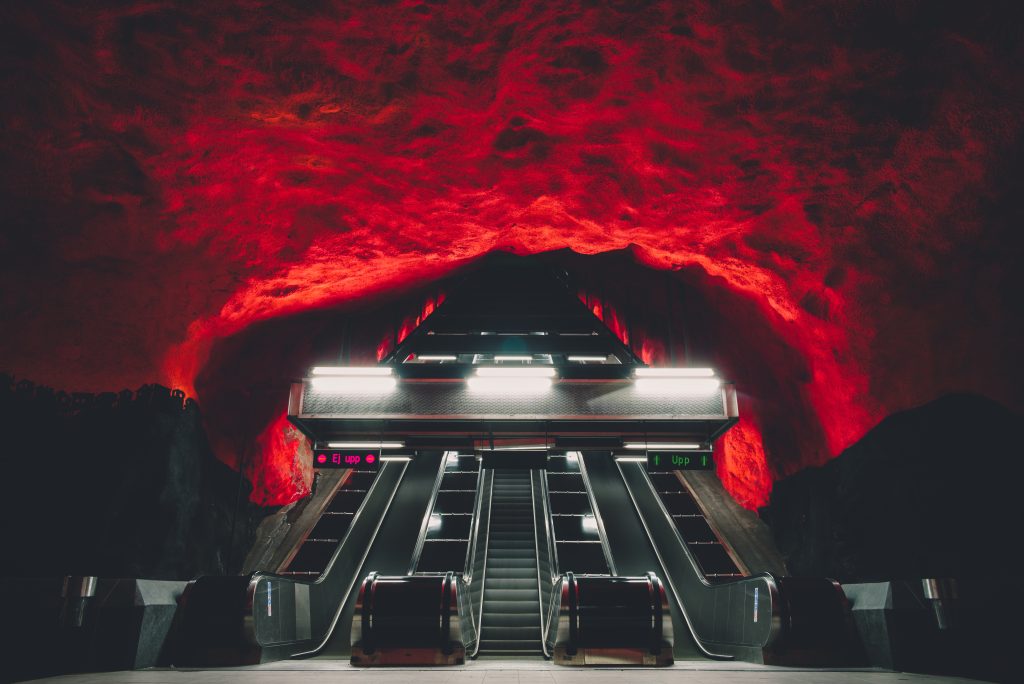
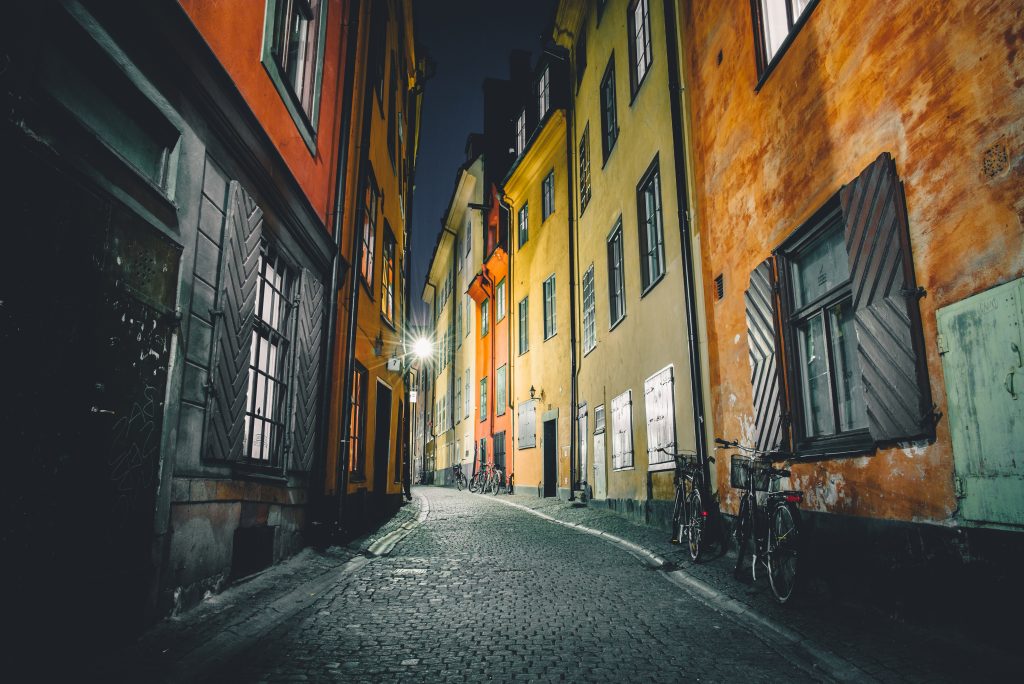
Judging from your work it is fairly obvious that you are drawn to symmetry. Has that always been a thing for you or are these pictures accidental?
– I think I’ve always been a fan of symmetry. Even as a kid I loved order, I would re-organize my room every other month, re-shape it and find new patterns. I’ve always been drawn to lines and puzzles, putting everything together. When I started shooting it became natural to seek out symmetry and look for it in everything I did. Whether it’s product, cityscape or landscape, I try to make symmetry my little signature.
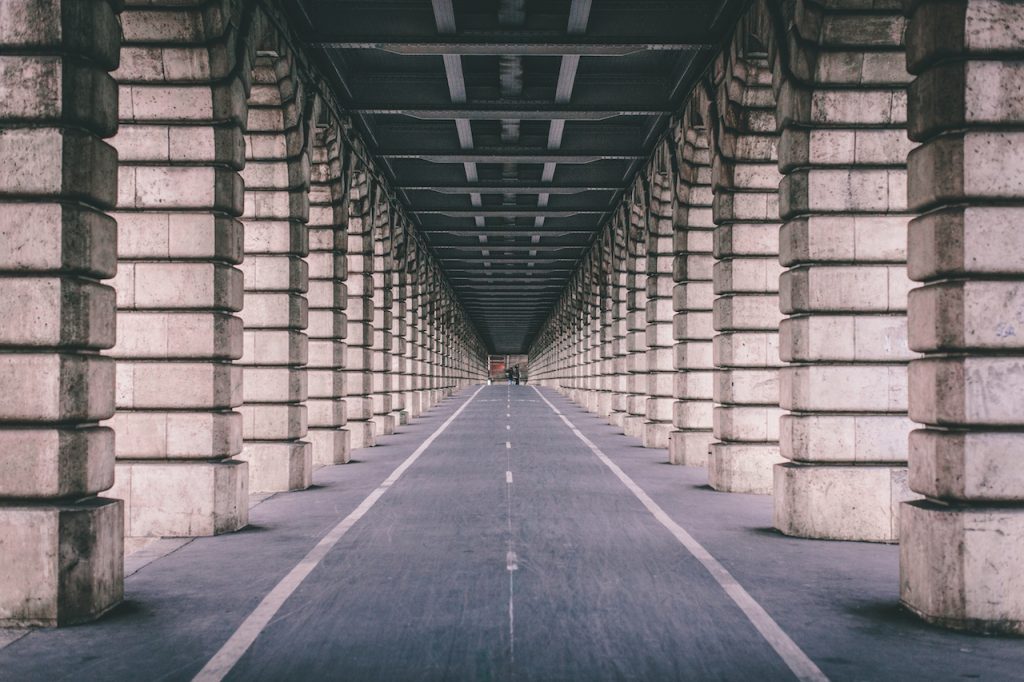
Between you guys who are at the very forefront of cityscape photography, is there a sense of rivalry or do you all mostly stick together and try and help each other out?
– People love to say: “Don’t turn it into a competition”. And it’s not a competition, but in your own head you should secretly be competing, you should want to be the best and spend time chasing after someone better than you. In the beginning I was chasing 13th Witness, for sure, but after a while I felt I had gotten into my own style of doing things.
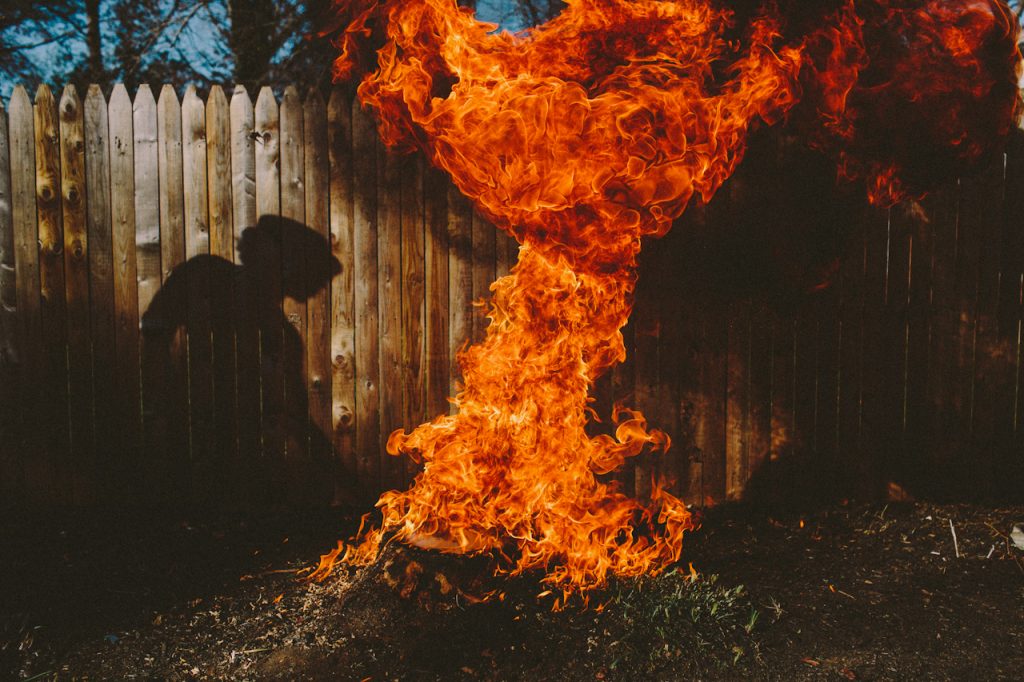
There must be a ton of young people on Instagram trying to emulate what you do. What do think is required to really stand out and be successful in this line of photography?
– There are multiple ways to go about it or combinations of ways. It’s also all about timing and having your own style. Once you find your own signature you are well on your way, but it takes time and dedication like everything else.
What are some of your favourite apps to use when editing?
– VSCO cam is my tool of choice; I use that for everything really. It’s pretty much the only app I use for iPhone. 90 percent of the time I use the same filters, because I’ve developed my own visual style using the same things over and over. Touch-Retouch is another one I often use to get rid of small details in the shots. It’s great for removing stuff and making the photos more clean and precise, focusing on the subject.

Who are some of the up- and coming guys that you recommend people look out for?
– Wow, that’s a tough question. There are so many great ones coming up right now, like humzadeas, kostennn, novesss, ecolephoto, vincechapters, vuhlandes, transmental and night.shift. As with everything else, kids today are getting great at stuff from a really young age. It’s scary to witness that.
So what’s in the pipeline for the rest of 2015?
– I have a lot going on. I have some collaborations with different brands happening, brands that are very minimal and clean. I should also be having my first own solo show with a few collaborations. Plus, I hope to be opening my own gallery space in Chicago that can function as a studio but also as a pop-up space for when friends come to town. I would love for it to become this place where all the Instagrammers go to network, collaborate and share ideas. I think Chicago is largely overlooked when it comes to big brands and general creativity, much of the focus is always on New York and LA, but I think Chicago does it the best. I travel all over the world but nothing beats the feeling of coming home and seeing the Chicago skyline. I just want to give back to that place, inspire the people there and enable them to create…
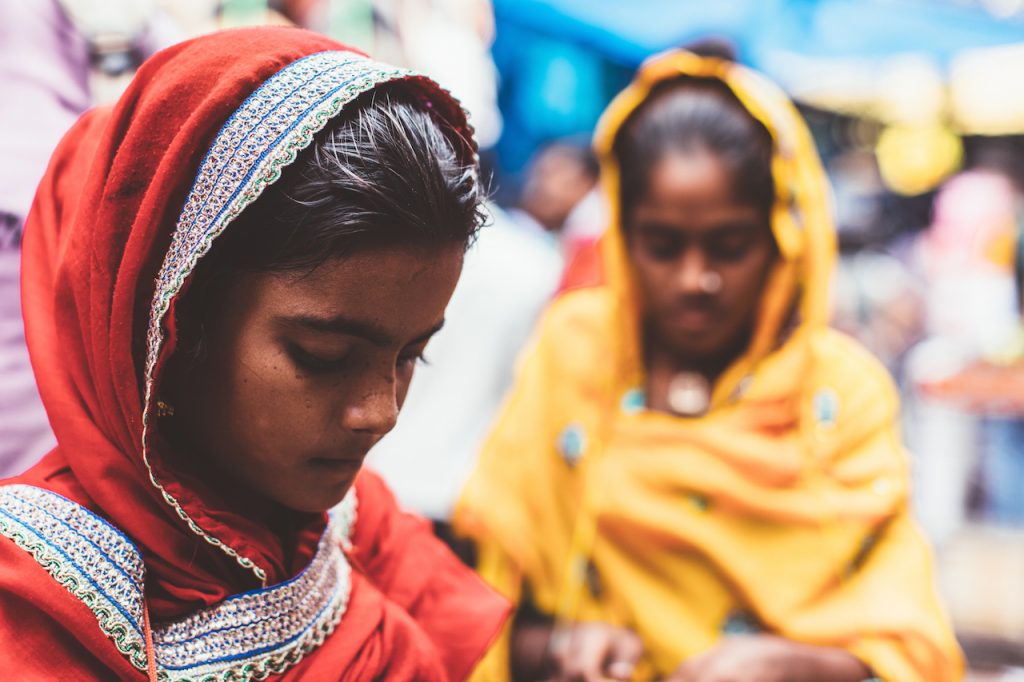
For more please visit:
blog.trashhand.com
instagram.com/trashhand